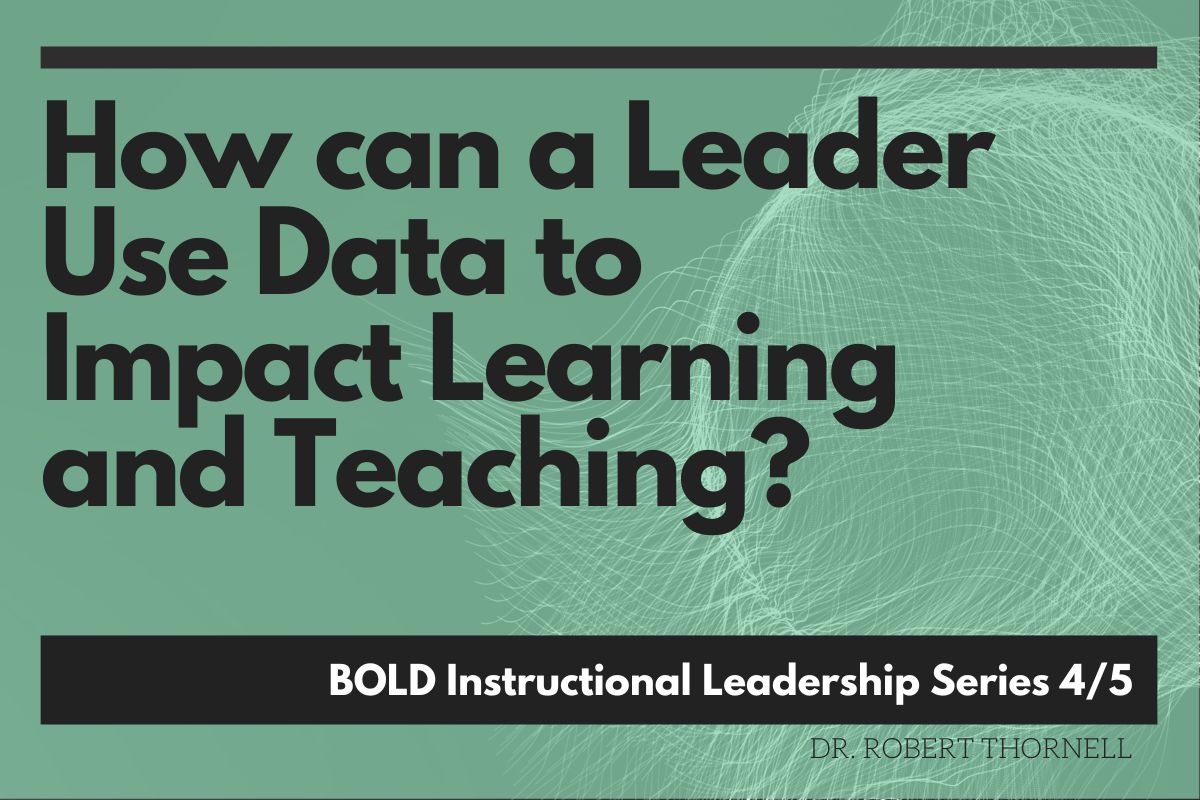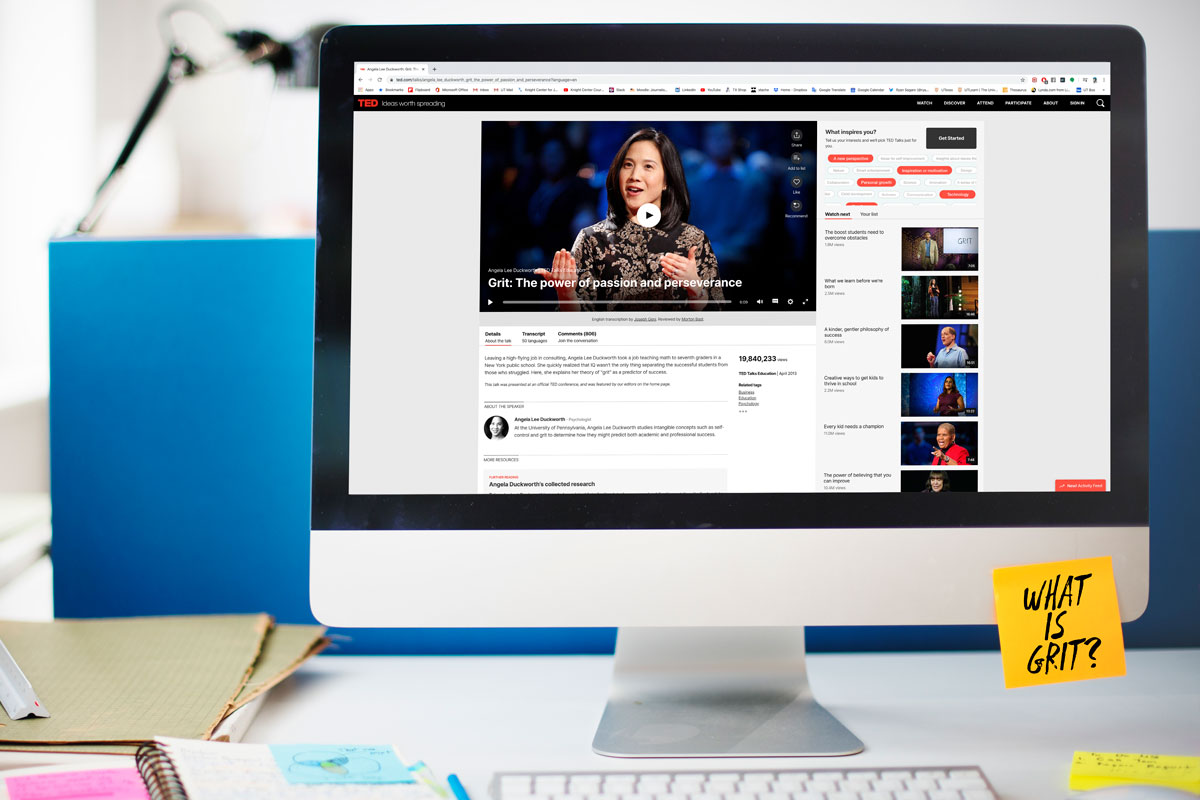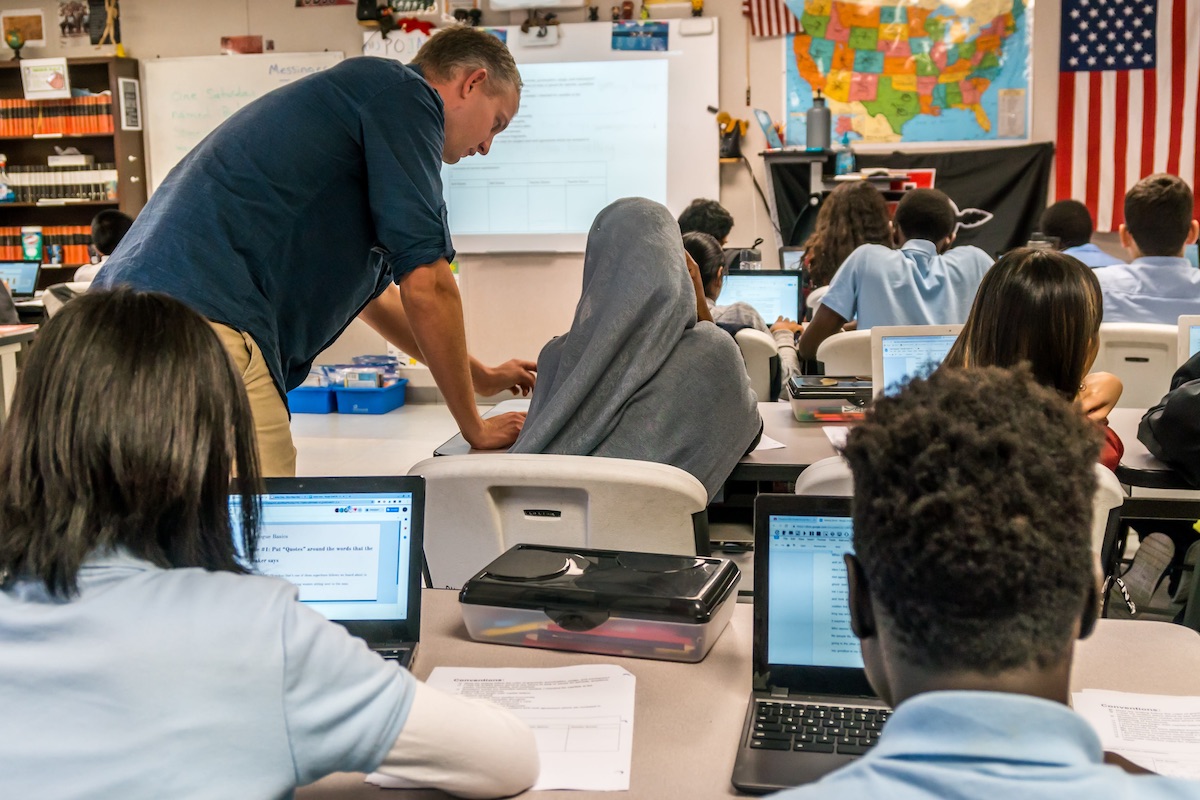Supporting ALL Learners with Collaborative Classrooms

All students deserve the resources and support needed to be successful. This is not a controversial statement, and one that all educators should agree with. This is equity. Although racism, sexism, and ableism disproportionately impact these groups, creating an equitable environment is not tied to race, gender, ethnicity, sexual orientation, or ability. It is meeting each student where they are and growing them from there. Where this breaks down is when people look at specific groups that need this assistance and put qualifiers on this statement. Students deserve these resources but … it’s too expensive … it’s too difficult to manage … it will be met with pushback. Equity is not easy or comfortable. It takes work. To paraphrase Principal Kafele, equity is not something you just do, it’s who you are. Equity is a mindset. That is the first shift. We must make equity our mindset and commit to being unapologetically student first. Even with this mindset in place, there are structural and systemic challenges in place that must be addressed in order for sustainable change to occur. How do we address these challenges on a daily basis? We must be proactive instead of reactive. Intentional actions that create a space, both physically and academically, that allows access and opportunity for all that enter, prior to the need for it, sends a clear message that historically marginalized students are welcomed instead of the problem that needs to be solved. We must move away from the conventions that rank, sort and label students, understanding that learning is a process and not a competition. Finally, all voices must be heard and valued. The traditional power dynamics that prioritize compliance must be replaced by approaches that prioritize collaboration. This may seem like an overwhelming and unrealistic vision, but please suspend your skepticism. As you continue reading, you will see classroom tested approaches that are the result of over six years of action research and the perspective of an administrator committed to supporting these values.
Classroom Practices
What is the purpose of education? The answer would seem to be simple. Learning. However, if we were to take a closer look at the way we approach education, it becomes clear that performance is valued more than learning. The outsized influence standardized testing has on education seems to reinforce this notion. Schools and communities are heavily invested in achieving good scores on these tests for various reasons, the least of which is being able to effectively support students. After all, these scores are not received by the teacher until after the student has already completed their course. This focus on performance leads to many problematic structures in the classroom. In order to prepare students for standardized tests, teachers lean on the state and national standards for their content area and grade level. The challenge with these standards is that their criteria and pacing guides rely on everyone having the same previous experience. They don’t take into consideration the inherent differences in each learner’s upbringing or developmental differences that may exist between learners. To keep up with this demand, teachers are in a perpetual state of preparing students for a test, requiring a content heavy, rigid pace. This is where we see the inequitable practices begin to manifest. Students that have not yet acquired the level of foundational understanding necessary for the grade or course they are entering are often required to complete remedial work on their own. Not all students have access to the time and resources needed to complete such work. Some parents can assist with the work, while others don’t have the time or capability to assist, or they may not have the means to hire a tutor to work with the student. This can lead to the inaccurate perception of students being unwilling to do the necessary work, when in reality, they just need a little assistance. With the immense pressure on teachers to get their students performing, some teachers turn to compliance-center approaches that enforce punishments to dissuade students from engaging in such behaviors. As detailed so eloquently in Carla Shalaby’s Troublemakers, this often leads to the exclusion of the student in one form or another, which only exacerbates the issue. So how do we move forward in a way that identifies where students are in their learning journey and supports them in the process of acquiring knowledge and skills? The approaches that have been most successful for me in the classroom have been moving away from compliance-based policies to a more collaborative approach to teaching and learning, eliminating deficit thinking and language, differentiating support as opposed to opportunity, and changing our assessment and grading practices to provide all learners an opportunity to develop at their own pace.
The Collaborative Classroom
How do you hold students accountable? That is a question I’ve heard too many times. The focus of this question centers a teacher’s or district’s agenda and is rooted in compliance. As mentioned previously, shifting our mindset is necessary for meaningful change. If we move away from this compliance-based mindset and towards valuing the individual student’s needs, equitable approaches to education naturally follow. Shifting our language and how we discuss spaces and students has an enormous impact on how we view students and the learning environment. It is not uncommon to hear teachers refer to a space as “my room.” Far too often “my room” has “my rules” that are imposed on the space. Intentionally or not, this sets up a power dynamic that tells students they are to obey. While I am in full agreement that spaces need to be kept safe, they also need to be welcoming. Power must be shared in the classroom and the space must be viewed as communal. I don’t have rules in the classroom. Students don’t need to ask to use the bathroom. If they need to stand up and move around, they are free to do so. However, we do have conversations about choices. At the start of every year students set goals. Our conversations center around whether these choices are in line with their self-determined goals. We offer suggestions and guidance, but the decisions are made by the students themselves.

In keeping with this theme of not making decisions for students, we do not limit opportunities for any student. When I first started teaching, the way I approached differentiation was to try to identify the things that I thought students couldn’t do and modify an assignment to make it accessible for them. This deficit thinking robbed many students of the opportunity to challenge themselves and grow as learners, not to mention the negative impacts on their confidence and self-image. Currently, all interactions with students are from a strengths-based perspective. All students have access to the same practice opportunities, with learning targets written in the form of “I can” statements. How these opportunities are supported varies with the individual student’s needs. Some students require leading or guiding questions, while others are ready for extension questions or deeper discussion on the nuance of the topic. Regardless of where a student is in their learning journey, my response always begins with, “OK, great! You did …… The next time you see a question like this try to add …..” It’s no longer about what the student didn’t do. It’s about what they did well and how to make it even better. The key to creating a collaborative environment is buy-in and engagement. When we model this strengths-based language and dialogue, students start to adopt this approach in their peer communication as well. The culture of the classroom changes to focusing on how we can all make each other better.
Assessing for Learning
This is the most challenging part for the majority of educators for many reasons. However, if this is not addressed, we completely undermine all of our other efforts. The concept of assessing for learning is simple, and I would venture to say that all educators have this mentality. Where is the student in their learning process and what can we do to help them progress? The challenge comes from the application of this idea. The frustrating part as a teacher is that it’s something most of us have very little control over. I’m fortunate to work in a district that provides me the autonomy to structure my gradebook in a way that reflects my practice, but I know I’m in the minority. There are many districts that require a certain number of points or assignments in a given period, or mandate reporting percentages. Policies like this limit the effectiveness of truly equitable assessment practices in the classroom. To be successful in practice, assessing for learning requires the elimination of arbitrary deadlines, focusing on practices over content, and shifting from evaluative feedback to descriptive feedback.
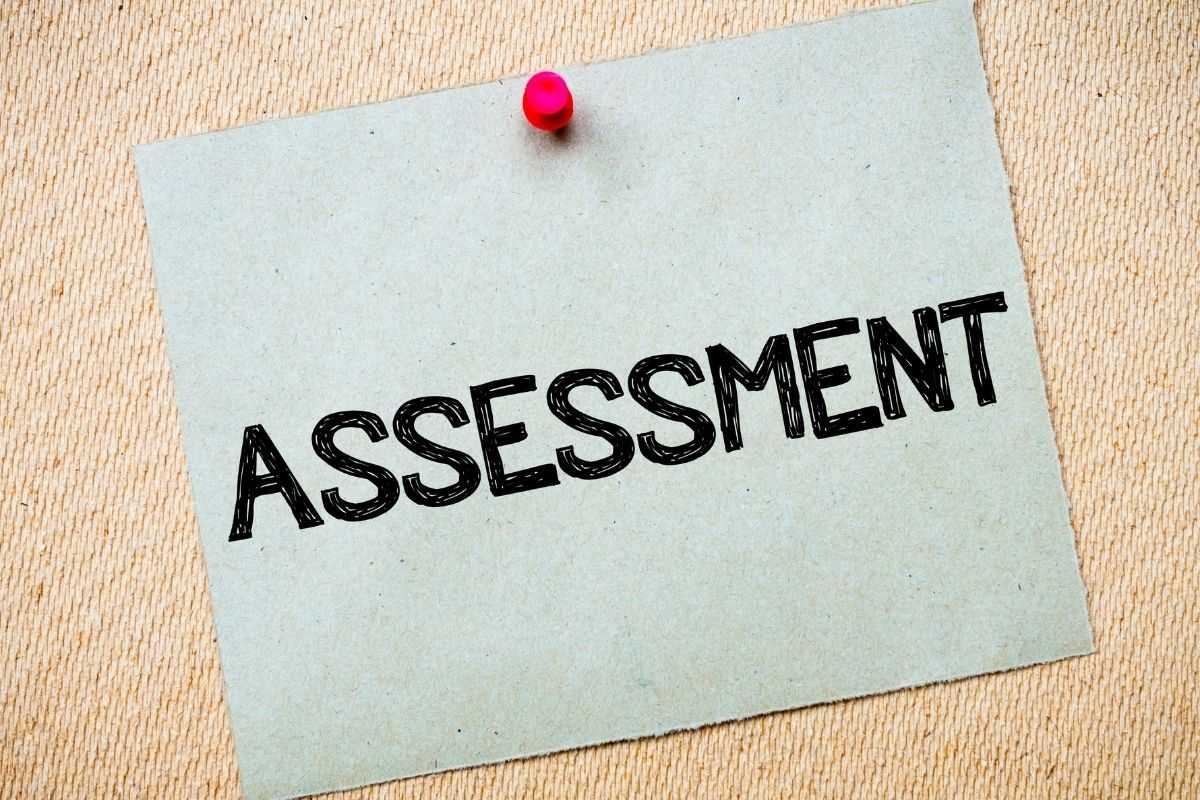
All students are different. They have different experiences, interests and strengths, and they learn at different rates. Assessing skills and content simultaneously proved to be challenging. When trying to provide appropriate feedback, it was difficult to determine whether students weren’t progressing because they had not acquired the foundational understandings, or they hadn’t yet developed the skills necessary to communicate their understanding. It became very clear that assessing a high level of content knowledge requires proficiency in certain skills. To provide all learners with an opportunity to meet with success, we shifted to assessing practices that spiral throughout the entire course, with content as the vehicle to teach these practices. This eliminates the arbitrary deadline of the end of a unit because the development of these practices will be continued in the next unit.
How we communicate this development also has an impact on how students view learning. The statement “meet the students where they are” is being stated more frequently. This is a statement that I agree with and one I think has the potential to have positive impacts on education if supported properly. My challenge is that this statement and evaluative feedback, such as points and grades, contradict each other. If we want to meet students where they are, we can’t punish them for where they are. In a traditional grading system, students that are early in the progression of skill development are met with poor grades. This has a detrimental effect on this group of students. Even though the teacher is providing the guidance necessary for students to develop from that point, they are receiving low grades during this process, leading some to think, “what’s the point?” By the time they have reached a level of proficiency that allows them to earn higher grades on individual assignments, there is no pathway to a “good grade.” When meeting students where they are, descriptive feedback sends a consistent message. We are more concerned with incremental improvement over time than performance at this moment. With descriptive feedback, there is no lasting impact on the student’s overall grade. Each learning opportunity is met with a statement that describes the things the student did well and a couple of things to do to improve that skill the next time it is performed. This also provides more flexibility at the end of the year. Student progress can be reported as where they currently are in each practice or translated to a traditional grade after considering all of the collected evidence.
Supporting Staff
School leaders, now more than ever, have a tremendous opportunity to stand up for their schools, staff, students, and community in order to support equity practices. It is up to the leadership within districts and schools to look at how they have done things in the past, and break free from the idea of “this is how we have always done it”. It is time to find ways to make change in order to bring about a larger impact on student learning and growth.
Teachers have a difficult task ahead of them as they acknowledge diversity, equity, and inclusivity in the classroom. It becomes the job of the building leaders to make sure that we remove any and all obstacles, clearing the path for teachers to find successful ways to implement best practices. Teachers are passionate about all things when it comes to their students and classroom. Be prepared for what you would do if one of the teachers in your building told you they wanted to make these changes. How do you respond to this conversation? What do you currently have in place to ensure your actions are genuine and sustainable? How will you set teachers up for success?
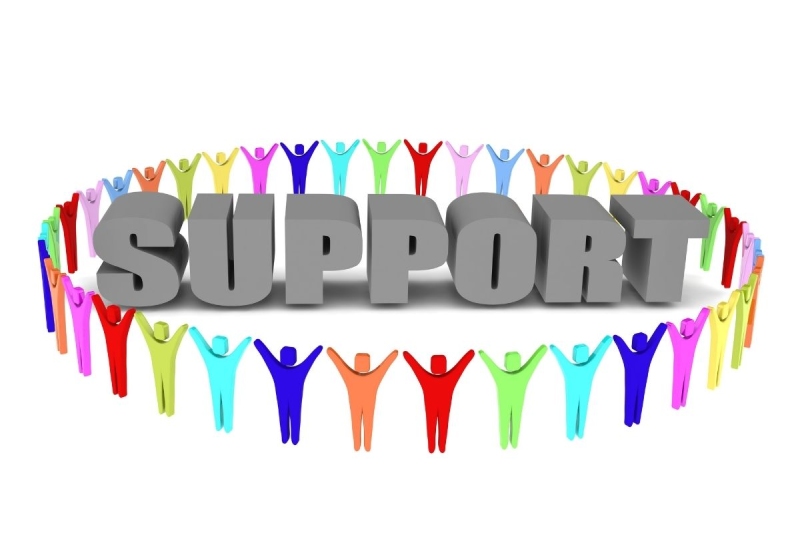
The overall goal from our chair is to make sure that we are building relationships with staff, supporting their needs and making sure that we can continue to collaborate in order to bring about successful change and practices within our schools. We must be on the playing field with the staff to help them promote diversity, equity and inclusivity, and not watching from the sidelines. Here are some ways leaders can make this a reality:
- Listen to staff suggestions and create a plan going forward.
- What are the needs of the staff? How can you best support them throughout this exploration? Explore a variety of Professional Development opportunities based on staff needs. Find common ground and provide support whether it is supplies, professional development, or other resources.
- Develop a committee of dedicated teachers who are passionate about bringing change to the schools and classrooms.
- Find passionate teachers and bring them to the table to make the change that is desired. Allow these teachers to hash out ideas as a committee so that they can speak to the staff about the actions that will be taking place within the classroom.
- Use faculty meetings, PLCs, and team meetings to discuss best practices.
- Give staff time to work through the misconceptions, challenges, and opportunities that lie ahead. Provide teachers the space to talk out ideas. Allow them to take the lead with these aspects of planning and discussion. Since teachers interact more directly with students, they will have more insight into creating expectations and successful implementation. They will also be better prepared to assist colleagues in this transition.
- Communicate changes with the public through social media and community outreach.
- Take time to let key stakeholders know what is taking place in the school and how it is going to benefit student learning. Use the school website, create newsletters, and engage with social media to show the positive change that is taking place. Families want to know what is taking place, and it is the job of the leader to tell the story of the school.
Final Thoughts
As is the case with anything of value, achieving an equitable learning environment is not an easy task. It takes proactive, intentional actions, humility, collaboration, and commitment to the process. We must relentlessly reflect on our intentions and their impacts, both intentional and unintentional. Allow the voices of students and parents to be heard and valued. Make changes when necessary because “this is the way we’ve always done it” is no longer an acceptable mindset, not that it ever should have been. After all, ALL students deserve the resources and support needed to be successful.
This article is available and can be accessed in Spanish here.
Shalaby, C. (2017). Troublemakers: lessons in freedom from young children at school. New York: New Press, The.




